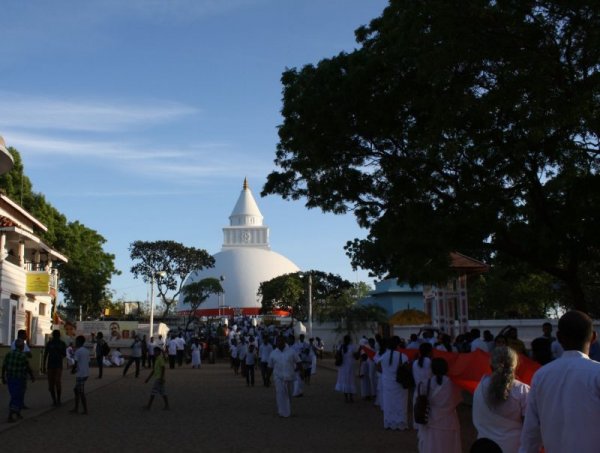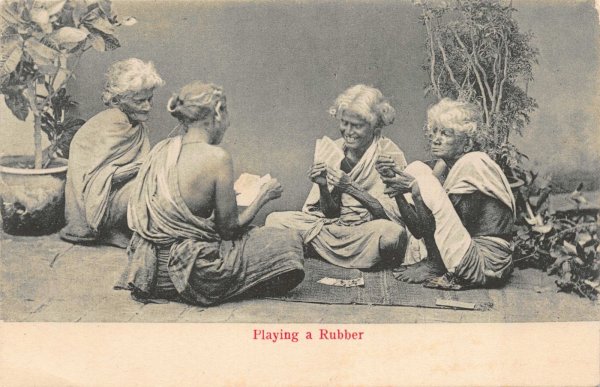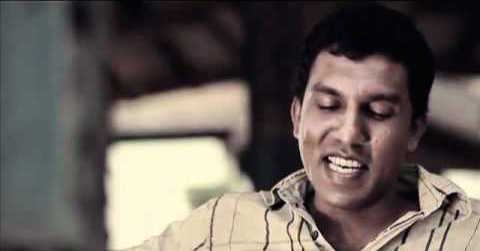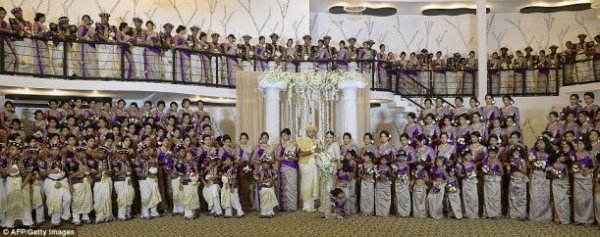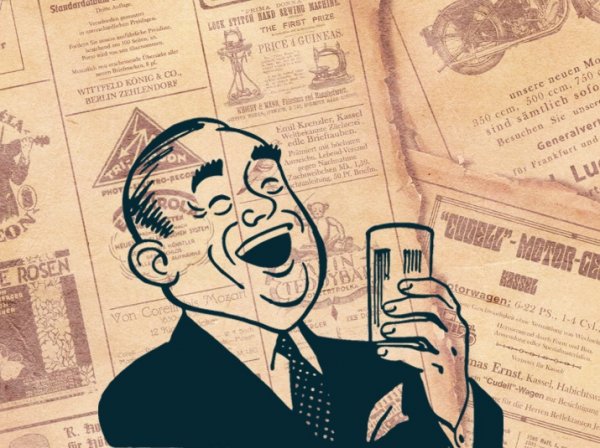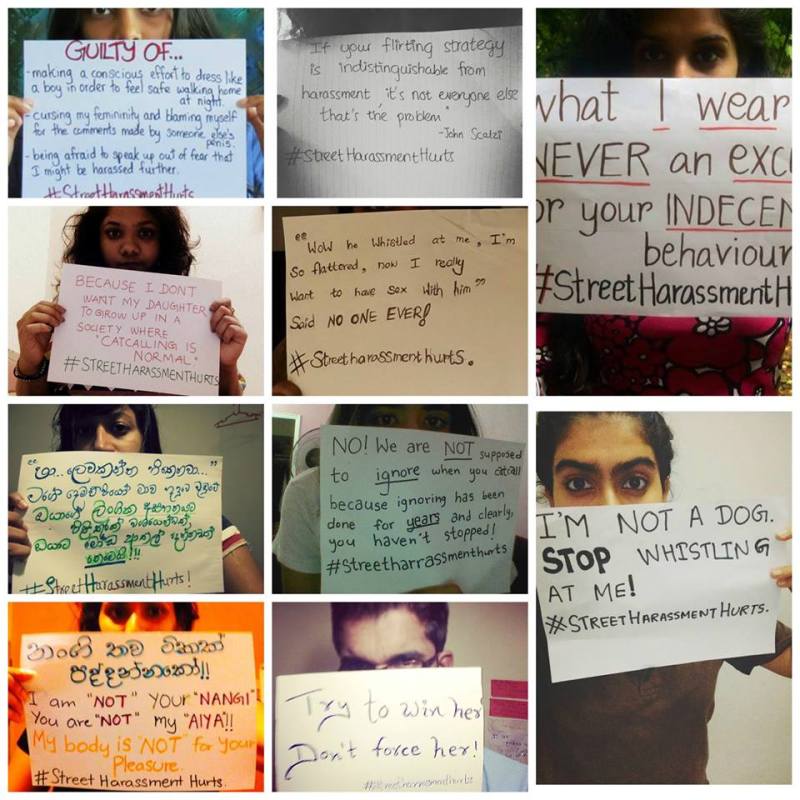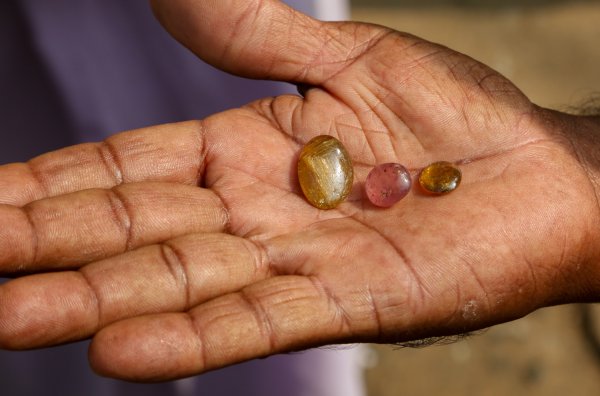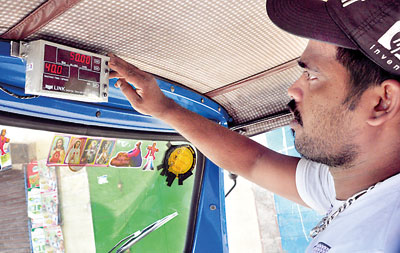
Meter taxis came as a blessing – no more haggling with tuk drivers, no obscene price monopolies and no unpleasant scenes when you added a few extra stops to the list. Looking back, many of you would have realised that travelling by tuk tuks was way more expensive back in the day. Without meters, we often paid twice as much then for the same distance now. What with the constant decline in the conditions of our buses, most of us were certainly glad when companies started introducing the meter – starting with Budget taxi – which many trishaw drivers have since adopted. Now you will be hard pressed to find a trishaw that doesn’t have a meter (unless you count the tuks whose meters conveniently don’t work, especially when it’s raining, when you’re in a hurry or when there’s no other tuk in sight!). But while companies like Fair Taxi, Online Cabs, Budget taxi and Pick Me have standard rates, watch out for those lone, unregulated tuks which we are all tempted to hail off the road. While it isn’t necessarily the norm, a lot of tuks are way more expensive than you’d bargain for (as high as Rs. 60 per kilometre!) and you won’t find out until it’s time to cough up the cash.
What to look out for
If you have no time (or the patience) to call a tuk tuk company and plan on winging it, don’t be too adventurous yet. There are no laws that meters have to charge the same starting rate or per kilometre rate – for that matter, the entire industry is unregulated. This means that the driver can fix any amount he pleases, and because we naturally expect all meters to cost the same, we often let our guard down and let our minds wander. So first things first:
- Ask the driver how much he charges per kilometre. Very rarely will you find a tuk tuk off the road that costs below Rs. 40 per kilometre. 40 is the standard rate for tuks off the road – but watch out for the 40 + tuks and those with meters starting at rates above 50 (yes, there are those, too!).
- The battle doesn’t end there. Don’t let your mind wander too much – keep an eye on the meter and if you’re suspicious, do a bit of calculating. Divide the price of the ride by the kilometre count if you can’t figure out how much he’s charging, or keep an eye out for the 0.1km jump on the metre. If it is Rs.4 (or lower) per 0.1kms, you’re doing okay.
- Watch out for any button pressing. We’ve had instances where the driver, after protestations, has magically pressed a button on the metre to bring down the per kilometre charge from Rs.50 to Rs.40 – and that, too, mid-ride.
- If it’s a route you don’t take often, whip out that phone and say hello to the 21st century. Google Map the location and if you’re feeling particularly paranoid (or just diligent or even bored), track your progress from point A to B. If you’re going off the beaten track for no particular reason and your map tells you he’s taking a longer route, don’t feel shy about pointing it out.
- In the event that you discover that dishonest meter, make it a point to tell him. Sometimes it’s the fault of the meter (or sometimes he will just conveniently blame the meter) but sometimes it’s the driver up to no good. We’ve run into Rs.60 meters and made it a point to tell him we’re not paying the absurd amount that pops up on the meter. Be firm – sometimes they’re nice about it and sometimes not – but don’t let it turn ugly. There are less than pretty reasons as to why people resort to doing this.
So why do some tuks cost more than others?
It all comes down to location, location and location. We did a bit of snooping research and asking around and got this:
- Tuks around malls like Majestic City (MC), Liberty Plaza and Crescat generally cost more – usually Rs. 50 per kilometre. Just walk a little ahead until the air of 50/km tuks clears out and take one from the road. Don’t make the mistake of not asking what the kilometre rate is, though!
- Some tuks in and around Mt. Lavinia are a lavish Rs. 60 per kilometre. We figured it was because of the number of tourists in the area, but that still doesn’t make it okay.
- Do yourself a favour and ask for the kilometre rate if you’re at a popular spot like Galle Face, Dutch Hospital, Odel, Gangarama or the likes. Chances are that these tuk tuks cost more.
Speaking to one trishaw driver, H. Jayawardena, we found out that that most trishaw drivers have difficulty getting hires near Majestic City. He said that there is a monopoly of trishaw drivers in places like MC, making it difficult for drivers from outside their circles, who usually charge much less than drivers parked at MC, to get hires from the area. “If we do try, they treat us really badly,” he said. “The reason we can’t park our trishaws there is that they work closely with the police in the area. We get fined by the police if we try and the police gets a free meal out of it,” he explained.
What’s the deal with these tuks?
On principle, we only make a scene if the tuk driver is one of those particularly dishonest types. We’ve all encountered them: even the air they exhale is contaminated by their dishonesty but that’s a particularly harsh judgement. Sadly, what drives people to such forms of dishonesty is the actual need for money. Let’s face it, money is hard to come by. Everything in Colombo is expensive, the prices of essentials keep rising, but our salaries remain static and bank balances dwindling. It still doesn’t make it right – not everyone has the luxury of shrugging off an unexpected expense and it really does affect some people more than others, especially if you’re on a tight budget.
We’re not ruling out the fact that a lot of people are really hard pressed for money these days. Some of the trishaw drivers we spoke to explained that it is always difficult to make ends meet. Wasanatha, who was parked in Wellawatte, explained that it is rather difficult to get by with the money he makes, and that it is never quite enough. “But I somehow manage,” he said.
H. Jayawardena told us a completely different story. He said that he even brought down the charges on his meter to Rs. 36.50 because the prices of fuel were brought down. “I make enough to be satisfied with. I personally feel that they should have a fixed rate so that drivers won’t be able to get away with charging exorbitant amounts,” he said.
The truth
Trishaw drivers off the road are in no way compelled to keep their meters at a maximum of Rs. 40/km. Many trishaw drivers and passengers complain that it is possible to tweak meters – but there’s more to that story. Speaking to the Managing Director at Link Lanka Limited (90% of the meters you see out there are Link meters), we learnt that trishaw drivers who use Link meters cannot themselves tweak the meter. “If a driver wants to get a rate change, he will have to visit one of our dealer outlets or the Head Office and request for a rate change from our main system. Even the agents have to access our system to make the change. They have to log onto our website and the system generates a special pin number after which the rate can be changed,” he explained.
There is, however, a catch to this. “Because there are no regulations on the rates, private companies like ours cannot enforce a standard rate. If drivers request for a rate change, we have to do it for them. While we always advise the drivers to stay within a certain range, that of Rs. 30 – 40, unless the government comes out with a special rate, we cannot enforce a limit,” he said.
Thushara did, however, add that he has often challenged trishaw drivers to try and tweak the meter on their own. “If you can do anything to the meter, I offer a reward of Rs. 25,000. So far no one has come up to me. If the driver forgets to lock the meter soon after it is bought, we ensure that the metre gets automatically locked,” he said. “We can guarantee you that the drivers cannot tweak the meter by themselves.”
This includes drivers working for a trishaw company, he added. “We get the owner to register all the trishaws in our database. If one of them requests a change, the owner will be alerted with the details. We ensure that you cannot do anything secretly,” he said.
Regulating the industry
As we’ve mentioned before, the industry isn’t regulated. T. R. R. Palli, Secretary for the All Island Three-wheel Driver’s Union, explained that there is currently a petition lodged with the appeal court, requesting the implementation of certain Gazette notices dating back to 2013, which will help regulate the meter trishaw industry. “This has to be done by the Government,” he said. “Trishaws were first introduced in 1978 but until now there has been no move to regulate or standardise the charges. At present, despite lobbying, the Government doesn’t seem to be interested in this,” he said.
What you could do
Try sticking to trishaws from known companies as much as possible – these trishaws are generally cheaper and comparatively safer. Some of these companies, like Online Cabs, even send you a text message confirming the amount charged when the hire is over, often before you even leave the tuk . Services like Fair Taxi begin at Rs. 30, while Budget Taxi is 32 and Online Cabs.lk and Pick Me start at Rs. 35. In the event you cannot call for a trishaw in advance, don’t be lenient. Perhaps if the customers themselves come to demand a certain standard rate from trishaw drivers, the result of the lack of initiative on the part of the Government just might be mitigated.

 A driver fixing a meter onto a tuk
A driver fixing a meter onto a tuk

